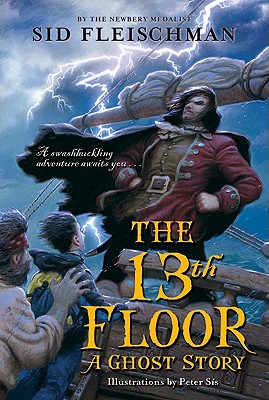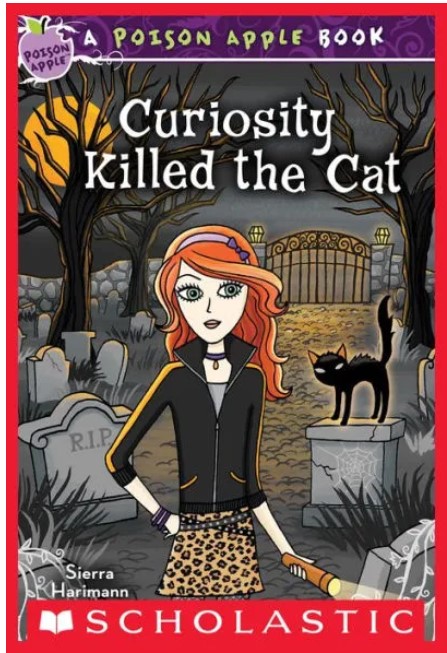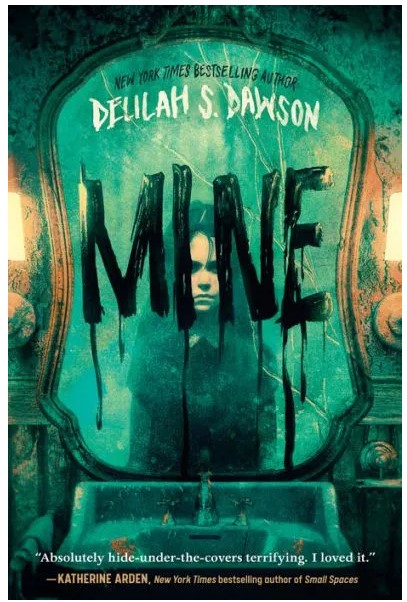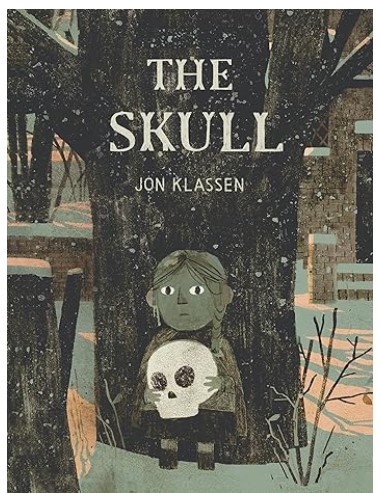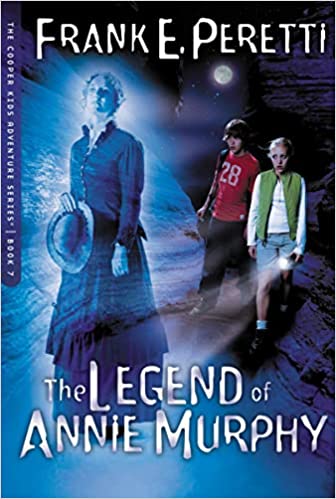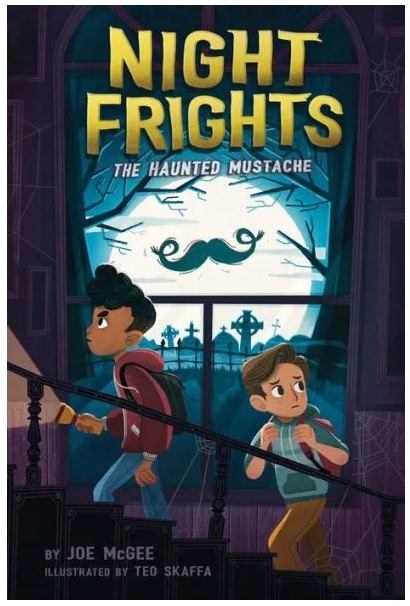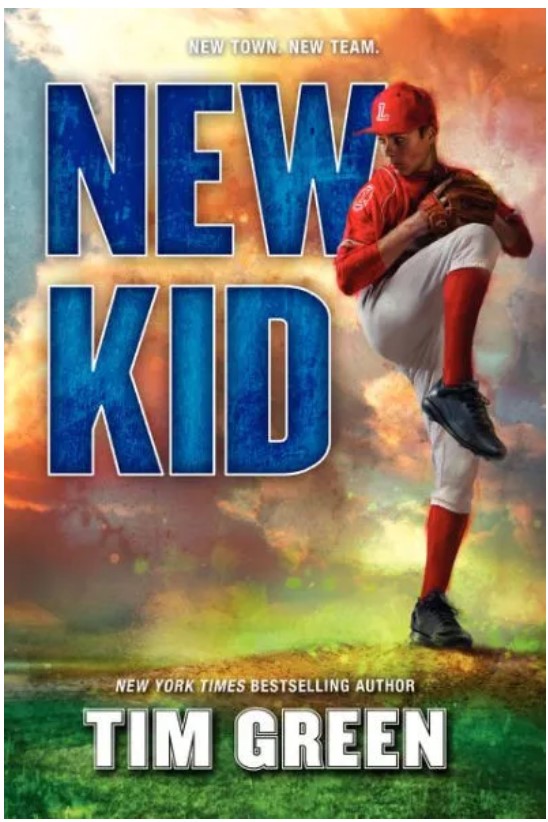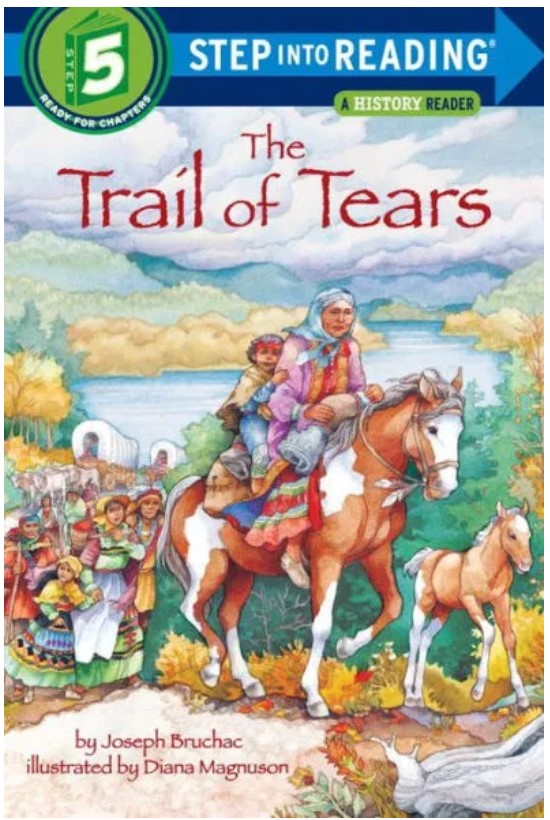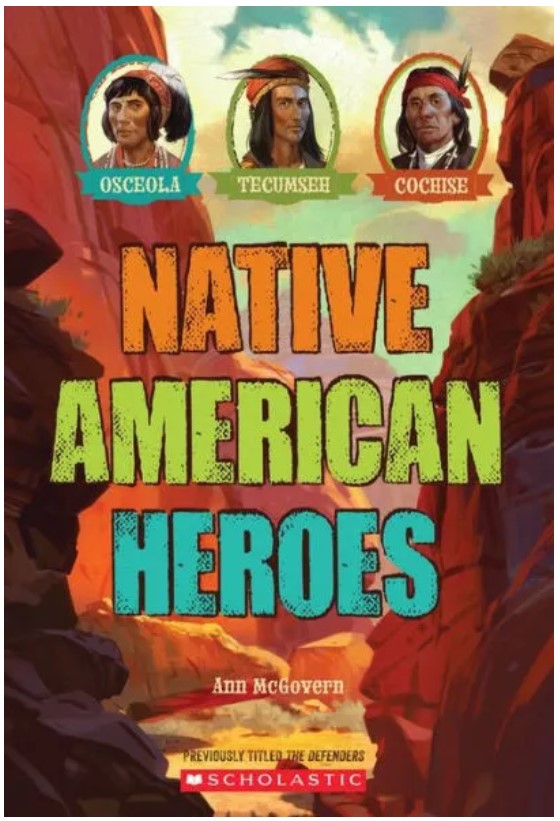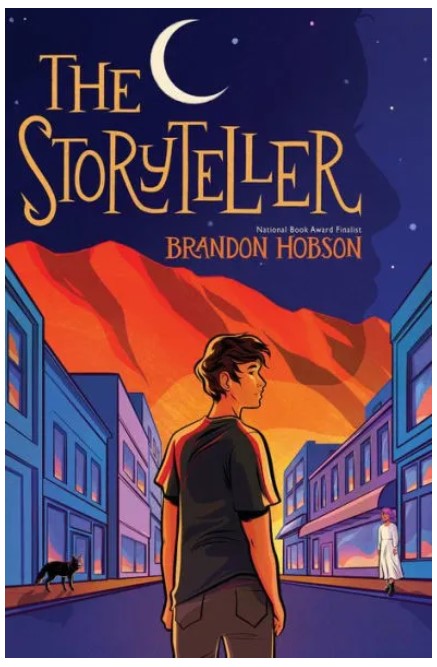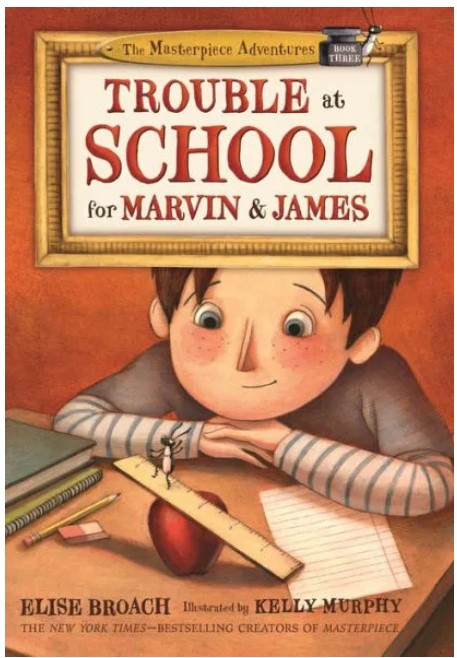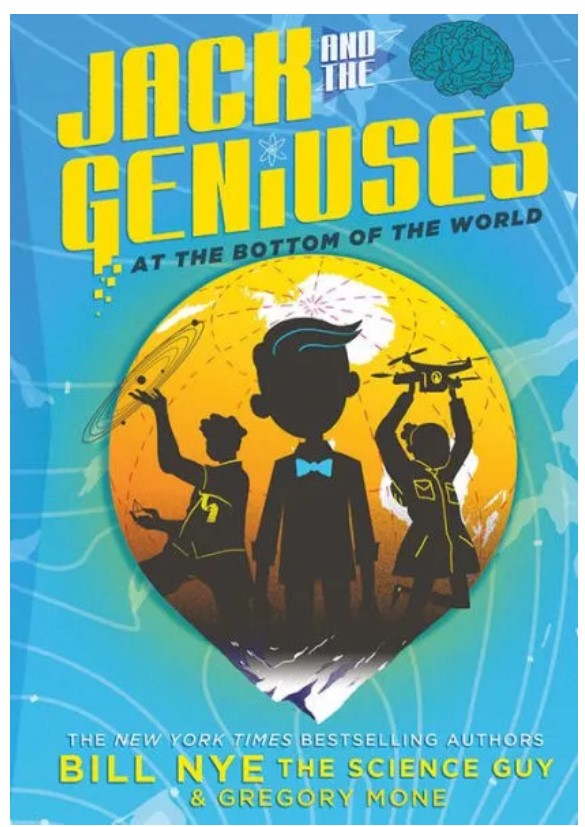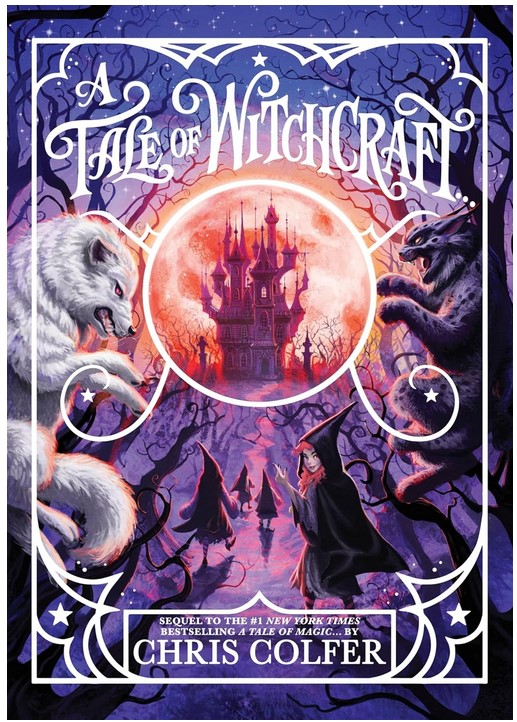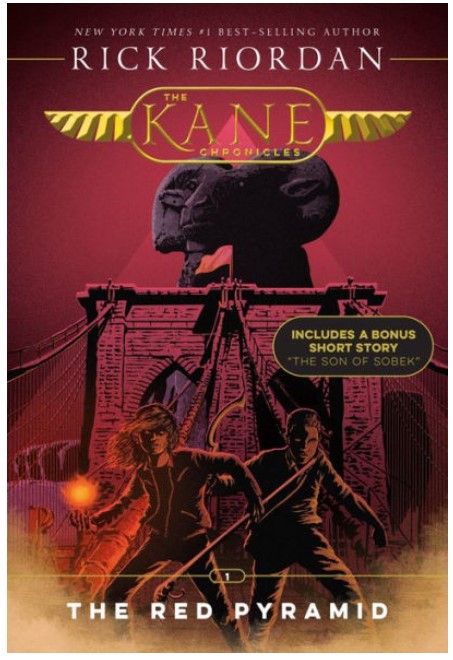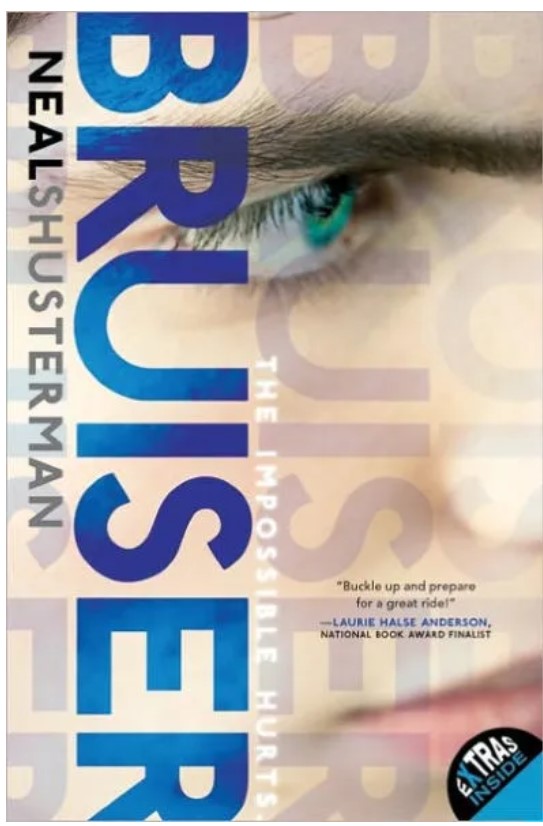When Buddy Stebbins stumbles onto the thirteenth floor of a shabby old building, he finds himself suddenly transported aboard a leaking pirate ship in a howling storm—three hundred years in the past! Cast adrift with Captain John Crackstone, Buddy washes up in New England, where his plucky ancestor, Abigail, is caught up in the witchcraft mania. In an adventure filled with ghosts, witches, pirates, and razzle-dazzle treasure, Buddy might be able to save his wayward ancestors. But will he find his way back to the thirteenth floor—and home?
The 13th Floor’s conflict is introduced when Buddy learns that his sister may have to sell the family home. Buddy looks to his dead ancestors for help. For if he can find Captain John Crackstone’s treasure, their home will be saved! But Buddy never expected that he’d go back in time and become part of Captain Crackstone’s crew. Soon, Buddy is climbing the ship’s rigging in a storm and rescuing his sister from death by creating a pirate’s ghost out of a codfish and a Walkman.
The 13th Floor doesn’t waste words, which creates a fast-paced story that not only includes pirate fights but also fascinating facts about the Salem witch trials. With the help of his sister, Buddy defends Abigail—one of Buddy’s ancestors—against accusations of being a witch. Readers will instantly like Buddy, who is humorous and shows his bravery time after time. And the court scenes are just as interesting as the pirate fights as they shed light on life in the 1690s.
Along the way, readers are introduced to Buddy’s relatives, Captain Crackstone and Abigail, who are both interesting characters. Captain Crackstone’s cheerful and unflappable nature makes him extremely likable. The captain quickly takes Buddy under his wing and introduces him to pirate life. Once on land, Buddy also meets Abigail, who tries to run away before she can stand trial for witchcraft. Readers will understand Abigail’s desire to hide and admire her trust in Liz and Buddy’s promise to defend her in court. Captain Crackstone and Abigail give two unique views that blend together to make a truly captivating story.
The 13th Floor is a fast-paced adventure that will captivate readers. By using a thirteen-year-old as a narrator, readers get a unique perspective of the past. In addition, Buddy’s willingness to jump into danger to help his relatives is admirable. Even though The 13th Floor is “a ghost story,” there are no actual ghosts; however, humor is added when Buddy is mistaken as a ghost.
Anyone who likes a good pirate story will enjoy the blend of humor, action, and adventure found in The 13th Floor. And if The 13th Floor sparks your interest in the Salem Witch Trials, you can learn more about the historical event by reading What Were the Salem Witch Trials? by Joan Holub.
Sexual Content
- None
Violence
- The crew of the Bloody Hand board Captain Crackstone’s ship. Captain Crackstone “came bursting out of the chart house. He was flashing a cutlass in one hand and a knife in the other. He leaped down the stairs and into the invaders. . . [Buddy] could see sparks fly as the blades met and clashed. . . He kept charging one and all, yelling insults as he went.”
- As the fight continues, the pirates “kept backing [Captain Crackstone] higher and higher toward the crow’s nest. . .” Captain Crackstone negotiates with the Captain of the Bloody Hand and Captain Crackstone’s men are spared. Captain Crackstone and Buddy are put adrift in a small dinghy.
- Buddy and his sister Liz travel to the past just before the Salem Witch Trials began. Liz explains, “The judges were hanging harmless Pilgrims as witches—mostly frail old grandmothers. . . In a week the judges are going to hang their first witch from an oak tree—an innocent old lady named Bridget Bishop.”
- Captain Crackstone and his wife, Mrs. Stebbins, are arrested for kissing on a Sunday. As punishment, “The captain and Mrs. Stebbins were outside in plain sight. It was as if their heads and hands had been thrust through an unpainted signboard. They had been clamped in stocks!”
- When Abigail is on trial for witchcraft, the judge tells the jury to “decide whether or not this child has by wicked and detestable acts shown familiarity with the devil. Should she be hanged and buried with a stake driven through her heart?”
- An unnamed pirate was caught by a Navy ship. “They caught a pirate off New York and hanged him from the mainmast.”
- When Liz is accused of witchcraft, the justice plans to make her do the water test. Liz says, “They’re going to tie me up and throw me in the bay. If I drown, it’ll prove I’m innocent. If I float, it will prove I’m a witch.” If she doesn’t drown, they will then hang her. Liz escapes before the test.
- Buddy and Liz are trying to find the portal home. They go into the bowels of a ship. A sailor sees them and “drew his knife.” To scare the sailor away, Buddy “jammed the flashlight all the way into my mouth and bared my teeth as if it were Halloween.” The sailor “went clattering up the ladder.”
Drugs and Alcohol
- While in court, a drunk man is sentenced to wear the letter D.
- A man claims Abigail turned him into a cat. However, Abigail said when she saw the man, he was “ale drunk as usual.”
Language
- Buddy wants to know if his ancestor was a “nutcake” or “balmy.”
- There is some name-calling. For example, Buddy sees himself in the mirror and shouts, “Stebbins, you look like a nitwit! You’re balmy! You’re a nutcake! Your porch light has gone dim.”
- Captain Crackstone calls other people names often. For example, Crackstone calls another ship captain “pirate scum” and “that seagoing oaf.”
- During a battle at sea, men board Captain Crackstone’s ship. He calls the men, “snorting cockroaches, potbellied muckworms, and puny sea maggots.”
- When Liz travels to the past, she meets Abigail, who is being accused of witchcraft. Liz says, “I hope she doesn’t sound off in court and call her neighbors nitwits and jackasses.”
- Heck is used once.
Supernatural
- One of Buddy’s ancestors held seances where “he’d lift a ship’s old copper speaking trumpet to his lips and command the dead to talk. He claimed that sometimes they answered back—once through the spout of a brass teakettle in the kitchen.”
- A relative who lived 300 years ago calls and leaves a message on Buddy’s family’s answering machine.
- Buddy goes into a building and takes the elevator to the thirteenth floor. “I had found the thirteenth floor, and it was a ship at sea.”
- When Buddy suddenly appears on a pirate ship, one of the sailors thinks Buddy is a ghost because his shoes glow. The sailor says, “Save me, wretched soul! It’s a ghost crawling up from the bilge! An unholy spirit!”
- Liz goes to the thirteenth floor and finds herself in a barn “full of wool and cider barrels.”
- According to witnesses, Abigail has performed witchcraft, including spoiling a pail of milk and changing a man into a cat.
- Liz is arrested for telling the future.
Spiritual Content
- A Captain of a ship believes Buddy is a ghost and says, “God preserve us all in our right wits.”
- When Captain Crackstone makes it home, he sees his wife and says, “God bless my eyesight!” Then he “leaped up the wharf stairs. They fell into each other’s arms, and he kissed her loud.”
- Abigail is accused of being an “imp o’ the devil.”
- One of Abigail’s neighbors says she saw Abigail with “the devil’s own book. . . Old Beelzebub’s secret book with names of his witches and wizards writ down in his own hand.”
- Liz talks about a news story. “Some clods out on the desert burned a pile of green library books. . . They believe it’s the devil’s favorite color.”
